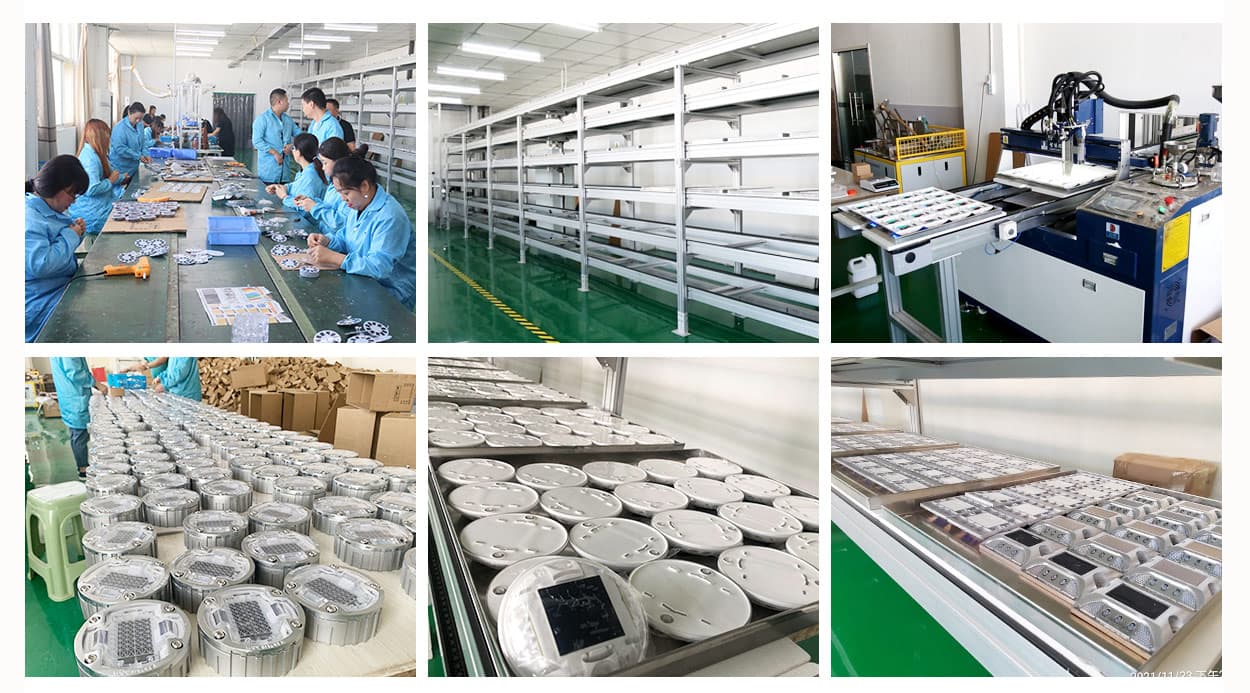


.jpg)
Reflective road studs may be used with white lines. White studs mark the lanes or the middle of the road. Red studs mark the left edge of the road. Amber studs mark the central reservation of a dual carriageway or motorway. Green studs mark the edge of the main carriageway at lay-bys and slip roads.
.jpg)
Highways England introduces smart road lights to prevent lane drifting. Technology. by Autocar Pro News Desk, 09 Oct 2018
.jpg)
Reflective road studs are used to mark the lanes and edges of the carriageway. Each colour marks a different part of the road: white studs mark the lanes or the middle of the road; red studs mark the left edge of the road; amber studs mark the central reservation of a dual carriageway or motorway; green studs mark the edge of the main
.jpg)
Reflective road studs are used to mark the lanes and edges of the carriageway. Each colour marks a different part of the road: White studs mark the lanes or the middle of the road; Red studs mark the left edge of the road; Amber studs mark the central reservation of a dual carriageway or motorway; Green studs mark the edge of the main
.jpg)
Motorway Reflective Studs Where the motorway goes uphill steeply, there may be a separate lane for slow-moving vehicles, known as a crawler lane. This helps the faster-moving traffic to flow more easily and will be signposted. What to do if your car breaks down on the motorway
.jpg)
Reflective road studs may be used with white lines. White studs mark the lanes or the middle of the road. Red studs mark the left edge of the road. Amber studs mark the central reservation of a dual carriageway or motorway.
.jpg)
PassTheory.co.uk is a privately owned theory test booking and educational service. We are not affiliated or associated with the Driving and Vehicle Standards Agency (DVSA) or any other government agency.
.jpg)
White studs mark traffic lanes or the centre of the road. The left-hand side of the carriageway is marked by red studs. The edge of the central reservation of a motorway or dual carriageway road is highlighted by amber studs. Green studs are used to mark lay-bys and the entrances to, and exits from, slip roads.
.jpg)
The answer to this question is: green. When there is a slip road, either on or off the motorway, the reflective studs will be green so that you are aware of these junctions when visibility is poor or if it is dark. This will ensure you can identify the route you need to take off the motorway and be aware when traffic is joining the motorway.
.jpg)
NOKIN™ Marker Series 290 road studs have been used on a 24km stretch of brand new motorway in Ireland, which opened in March 2010. The construction of a major inter-urban route connecting Dublin and Waterford is a key part of the Irish government’s strategy for economic growth and road safety improvements.
.jpg)
Studying the Studs NOKIN™ Marker Series 290 roadstuds have been used on a 24km stretch of brand new motorway in Ireland, which opened in March 2010. The construction of a major inter-urban route connecting Dublin and Waterford is a key part of the Irish government’s strategy for economic growth and road safety improvements. This project moved
.jpg)
Depressible studs have the reflective material on a rubber insert which is mounted in a metal base unit, or "shoe", which is embedded in the road surface. Vehicles driving over the stud depress the insert, the reflective surface of which is thereby wiped clean as it rubs against the lining of the fixed mount.
.jpg)
The reflective studs are there for extra safety or when lighting is not available. The studs on the left of the inside lane are reflective green for exiting the motorway at the proper exits on the
.jpg)
Amber studs mark the central reservation of a dual carriageway or motorway. Green studs mark the edge of the main carriageway at lay-bys and slip roads. Green/yellow studs indicate temporary adjustments to lane layouts, e.g. where road works are taking place. Rule 132: Reflective road studs mark the lanes and edge of the carriageway
.jpg)
Mar 27, 2016 · Red studs mark the left edge of the road. Amber studs mark the central reservation of a dual carriageway or motorway. Green studs mark the edge of the main carriageway at lay-bys and slip roads. Green/yellow studs indicate temporary adjustments to lane layouts, e.g. where road works are taking place.